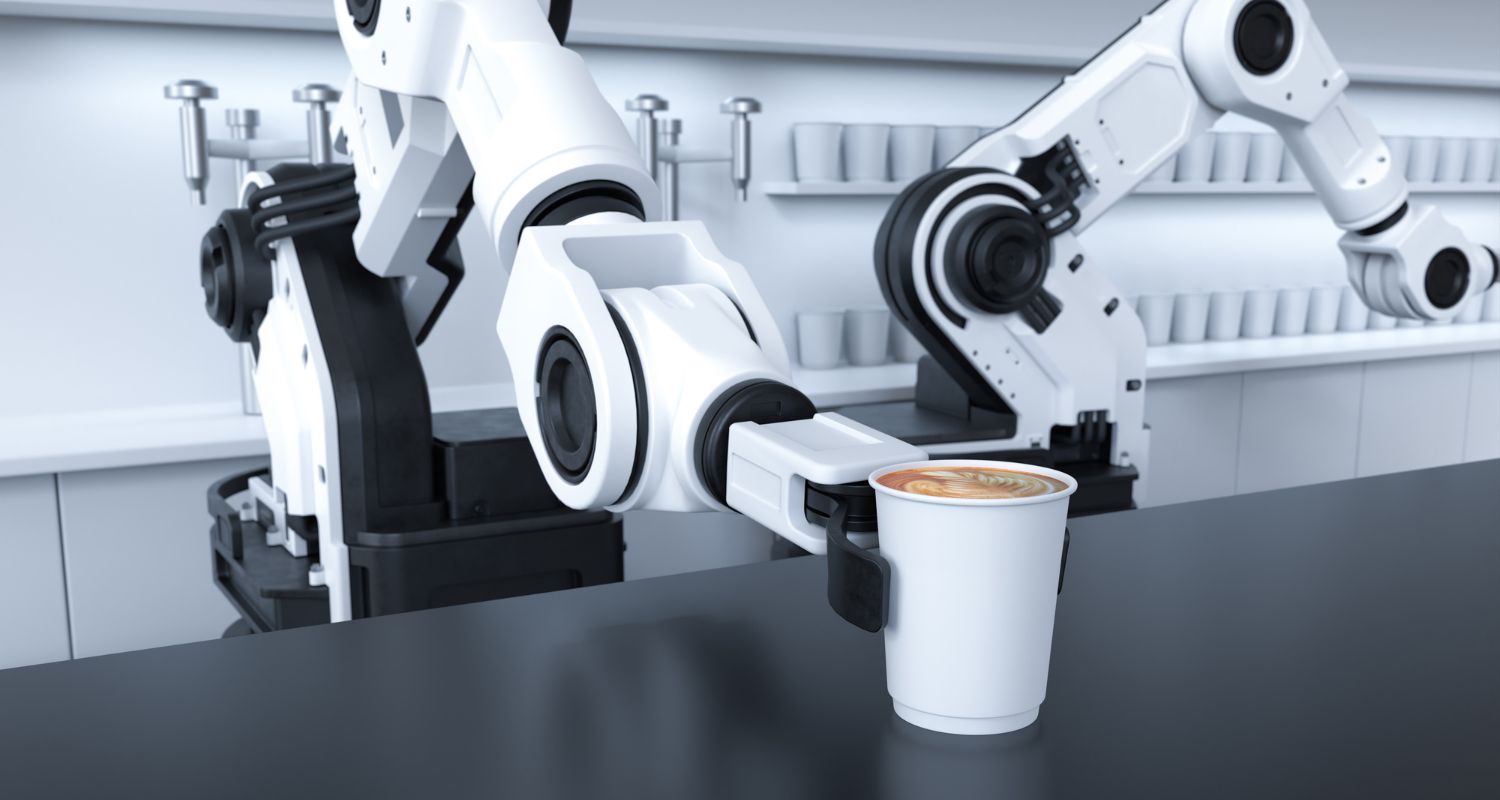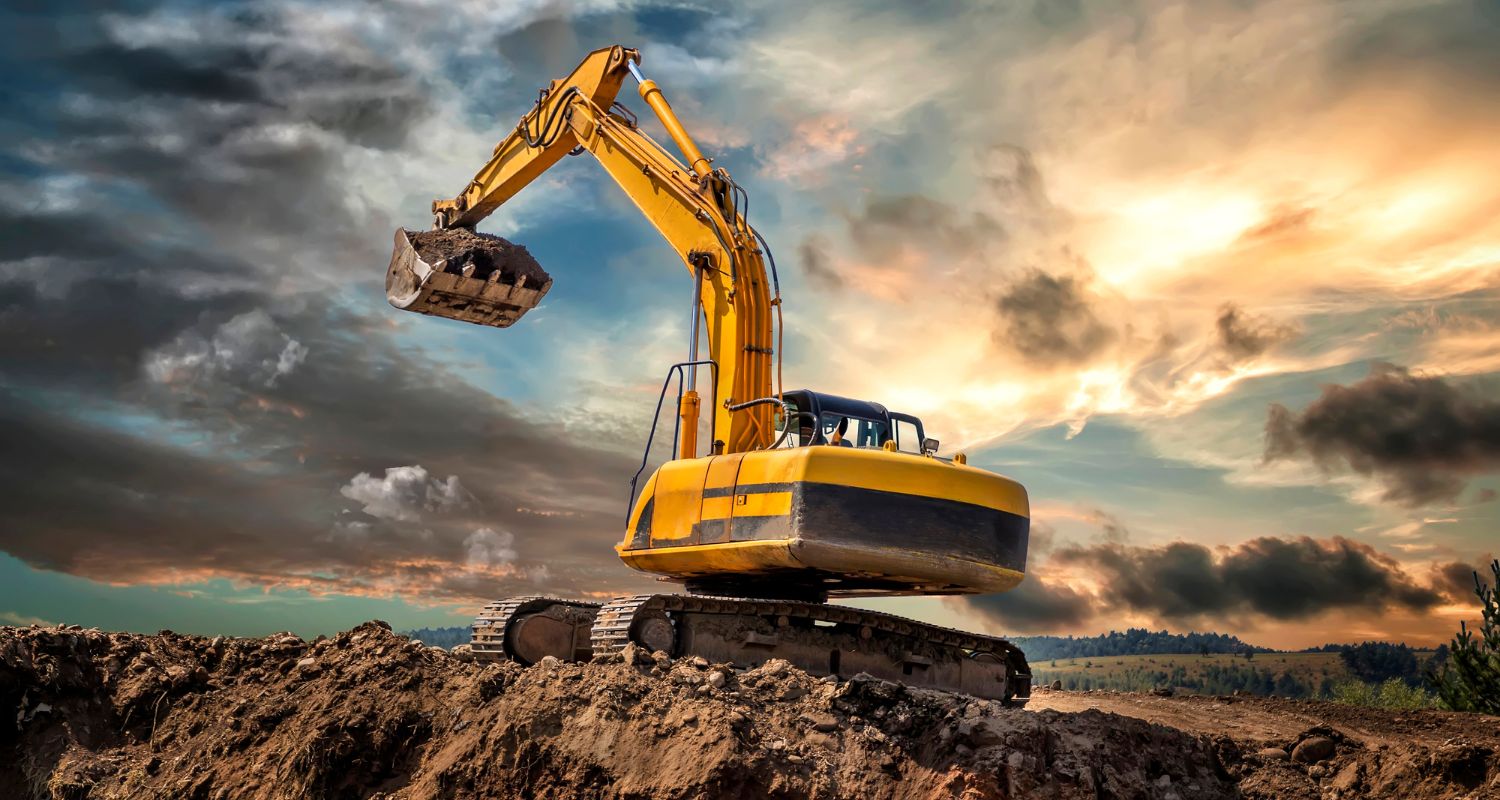
Season 5, Post 14: Robots to the rescue?
What does plastic pollution have in common with the lowest unemployment rate in a generation in the US? Robots can provide solutions to addressing some of the major issues that have arisen from these different dynamics. Remember, robots don’t get sick, ask for pay rises or hand in resignation notices – yet. They rarely break down too. We first made the case for industrial robots in July 2012 and service robots in April 2017.
Robots have been used to help assemble cars and semiconductor equipment for many years and the International Federation of Robotics estimates that there were 3.5m machines deployed worldwide at the end of 2021, the last year for which data were available. A recent article we read highlighted how improvements in hardware and software mean that robots are now being deployed to help sort waste. Niftier robotic arms and machine vision combined with AI-trained sorting methodologies mean that recyclable and non-recyclable substances can be better separated, keeping certain materials out of landfills. Only 14% of plastic is recycled annually (per the OECD), implying that every incremental innovation can help.
While readers of this piece are unlikely ever to visit a recycling facility, we are all familiar with eating out in restaurants. A number have begun tentatively to embrace robots. They can greet guests, lead them to their tables and deliver food. With 62% of US restaurant owners reporting that they don’t have enough employees to meet customer demand, introducing robots can help address the problem of labour shortages. Many believe they are more efficient too, minimising trips to and from the kitchen and reducing the risk of spillages or orders being brought to the wrong table. Have robots help and (the remaining) human servers can also spend more time with customers.
When asked about the biggest barriers to adoption, cost is the major issue. Waste-handling robots can cost as much as $300,000 each. For this price, you could purchase up to 20 restaurant robots. The price tag of the former is a function of their increased complexity. The good news is that the price of a typical industrial robot has fallen by more than 2.5 times in the last 20 years, as production has scaled, and component costs have fallen (all data from previously cited sources). Newer models should follow a similar price path. This potentially paves the way for more robots performing more complex tasks across an even broader range of industries in the future.
13 April 2023
The above does not constitute investment advice and is the sole opinion of the author at the time of publication. Past performance is no guide to future performance and the value of investments and income from them can fall as well as rise.
Click here to view all Blog posts.
Alex Gunz, Fund Manager
Disclaimers
The document is provided for information purposes only and does not constitute investment advice or any recommendation to buy, or sell or otherwise transact in any investments. The document is not intended to be construed as investment research. The contents of this document are based upon sources of information which Heptagon Capital LLP believes to be reliable. However, except to the extent required by applicable law or regulations, no guarantee, warranty or representation (express or implied) is given as to the accuracy or completeness of this document or its contents and, Heptagon Capital LLP, its affiliate companies and its members, officers, employees, agents and advisors do not accept any liability or responsibility in respect of the information or any views expressed herein. Opinions expressed whether in general or in both on the performance of individual investments and in a wider economic context represent the views of the contributor at the time of preparation. Where this document provides forward-looking statements which are based on relevant reports, current opinions, expectations and projections, actual results could differ materially from those anticipated in such statements. All opinions and estimates included in the document are subject to change without notice and Heptagon Capital LLP is under no obligation to update or revise information contained in the document. Furthermore, Heptagon Capital LLP disclaims any liability for any loss, damage, costs or expenses (including direct, indirect, special and consequential) howsoever arising which any person may suffer or incur as a result of viewing or utilising any information included in this document.
The document is protected by copyright. The use of any trademarks and logos displayed in the document without Heptagon Capital LLP’s prior written consent is strictly prohibited. Information in the document must not be published or redistributed without Heptagon Capital LLP’s prior written consent.
Heptagon Capital LLP, 63 Brook Street, Mayfair, London W1K 4HS
tel +44 20 7070 1800
email [email protected]
Partnership No: OC307355 Registered in England and Wales Authorised & Regulated by the Financial Conduct Authority
Heptagon Capital Limited is licenced to conduct investment services by the Malta Financial Services Authority.



